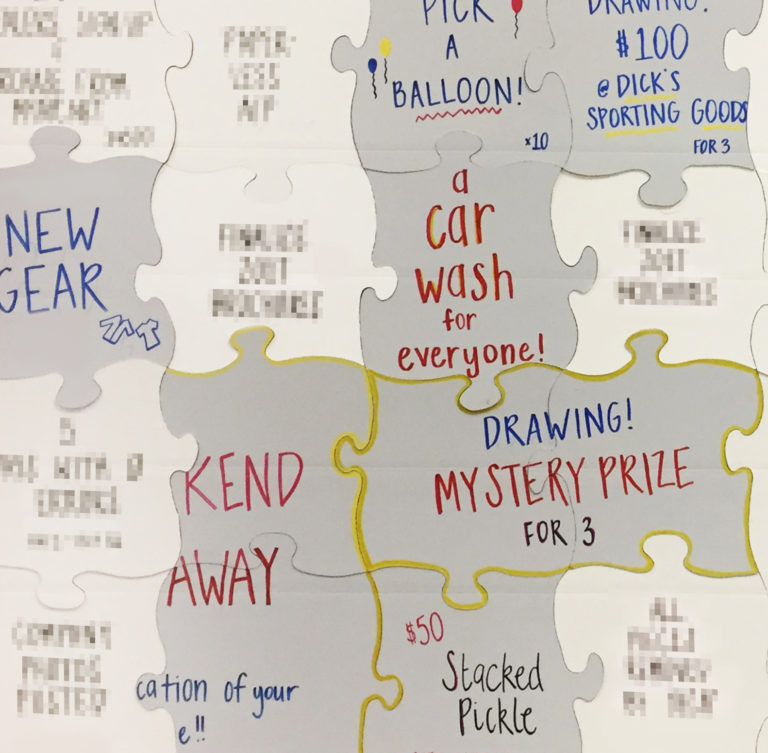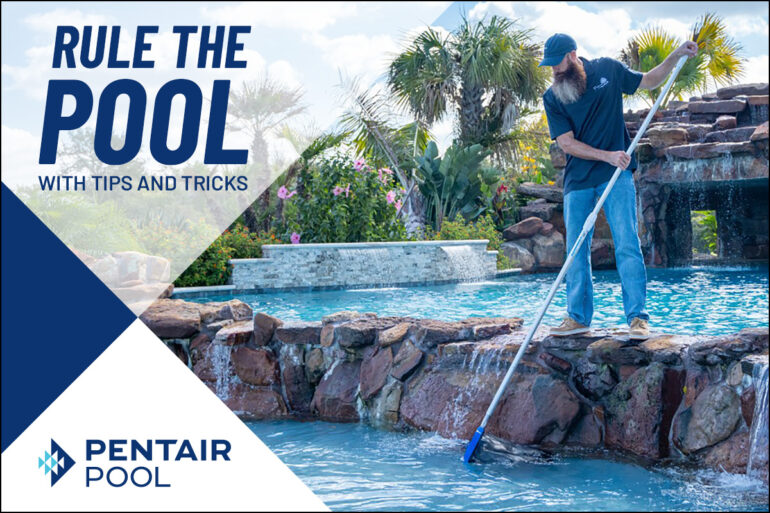Drivers of Success

When Bob Moore started out in the pool business 42 years ago, paper maps were the way managers devised efficient service routes. Personal computers were still several years away, the internet and smartphones much further in the future. pagers and pay telephones were the most high-tech ways available to contacting technicians in the field about route changes.
Moore is president and general manager of Burton Pools & Spas in Fort Smith, Arkansas. The company began in 1978 mainly building swimming pools, then moved into offering cleaning and repair services. Today, with an additional office in Springdale, Arkansas, Burton Pools has four technicians and three support staff working 15 routes and servicing some 125 pools per week. The company also winterizes about 2,000 pools per year and opens 1,400.
Burton has used several routing programs over the years and recently began using Wex Telematics for plotting routes and tracking service vehicles. Not surprisingly, Moore considers routing software essential to performing all those jobs efficiently.
“I don’t know how anybody manages without them,” he says.
“Reducing windshield time is the No. 1 goal of service routing,” says Dan McManus, president and CEO of Evosus Software, a leading producer of business management software. “Guys sitting in a truck, burning time and gas, is an owner’s nightmare. You are burning money with an inefficient service route. On the flip side, ensuring a low-mileage route that also works around traffic patterns ensures that your service techs are in the field — cleaning pools, fixing pumps — and generating revenue.”
What, exactly, are the important factors to take into account in planning an efficient service route?
“Planning a service route may not always be as straightforward as it seems,” says Jim Quitugua, business software development manager at Fluidra in Carlsbad, California, which offers iON Pool Care routing software. “There are a number of factors that should be considered in order to make service routes efficient while also providing the flexibility to adjust to changes.”
Based on customer input, Quitugua adds, his company determined that service routes need to be optimized for the day’s schedule while also remaining flexible enough to accommodate necessary changes, such as taking on a new customer, modifying routes temporarily or making permanent alterations due to changes in employment or a growing customer base.
“Another major concern is the ability to quickly respond to emergencies,” he added. “To do so, you must know where technicians are in the field at any given moment and who nearby is best suited to respond.”
Northstar Pool Co., in Allendale, New Jersey, has 10 employees servicing 100 to 120 customers per week on 20 routes. Depending on the team and the pool, each employee visits between 40 and 50 pools per week. Early on, says Northstar president Brian Siegel, it was difficult to handle repairs and weekly service simultaneously. Some days the company’s schedule was so tight, if each stop did not go perfectly — if something unexpected came up or a task took longer than planned — the entire day’s schedule for that route was thrown off. Since the 2018 season,Northstar has been using Service Fusion software to plan routes, which Siegel says has helped significantly.
“The most important thing to consider when planning a service route is consistency and expectations,” Siegel says. “It is difficult to deliver customer service in medium- and large-size companies without software.”
Siegel notes that certain clients want things done a certain way: send backwash or wastewater to a particular drain, park only in a specific location, only arrive between certain hours. This may not be a problem for a small company, one where the owner or only a small number of employees are doing all the work and know all the pools and customers well. For a larger company, however, it’s a different story.
“Without a platform to document and share this information with employees, it is extremely difficult to consistently deliver this type of custom service,” he says.
There is more to route efficiency than a good software platform, Siegel says. Stocking trucks sufficiently, screening clients and limiting service areas are important factors. He is also a big believer in pairing the right technician with the right customers.
“No matter how great your training/on-boarding program is, not all service techs are cut out to service all pools,” he says. “Knowing the customer and pairing the right [employee] with their account can help resolve customer questions and issues faster, and be the difference between a good and a great client experience. Efficiency is important, but sometimes it is necessary to break that mold in order to pair up the right service technician with the right pool.”
Rachael Pritz, executive director at RB Pool & Spa Software in Monroeville, Pennsylvania, has been working in the pool industry for more than 20 years, beginning with a job at a local pool store while pursuing a master’s degree at the University of Pennsylvania. Along with minimizing drive time and grouping similar types of jobs together for a particular truck, she agrees assessing technicians’ abilities, as well as a tech team’s personal chemistry, are important in achieving overall efficiency.
“Pairing up particular techs with one another often leads to greater efficiencies,” she says. “Sometimes two guys will get eight jobs done together where splitting up that team might result in only six jobs completed.”
Pritz points out while routing and other types of business software have made it easier for pool companies to achieve greater efficiency, they have also raised the bar for what customers expect from those same companies.
“Mobile technology has had a profound effect on a pool service company’s ability to fluidly adapt to its clients’ needs and expectations by giving them instant access to customer contact info, equipment history, purchase history and more,” Pritz says. “In a world that is becoming increasingly more ‘data’ mobile, consumers have the expectation that companies, regardless of size, are able to access their records more quickly and communicate even quicker.”
Tyler Salter learned the hard way about route efficiency. A 17-year veteran of the pool industry, Salter has worked in pool cleaning and repairs as well as in management. When he started his own company several years ago, he took on whatever work came his way, regardless of the location. The result was too much time driving and too little time doing real work.
Salter is in the final stages of starting a new company in his hometown of Lafayette, Louisiana. He expects Pool Sharks Pool Services to be fully up and running this spring. Among all the innumerable back-office tasks involved in starting a pool service company, he has looked into a number of different routing software programs and settled on Routely. He likes many of the features of Routely, especially the ability to make routes, track chemicals and email reports to the customer rather than relying on a paper door tag or similar device. He also appreciates that the program’s writer, Nilson Silva, is a pool professional — he’s owned Master Touch Pool Services in Boca Raton, Florida, since 2009. “He understands what we need,” Salter says.
Not every pool professional needs software to come up with efficient service routes. Take Kevin Williams, for example. The owner of HydroChem Pool Service in Lake Havasu City, Arizona, Williams has 75 customers on a weekly route. He has no employees and performs all service calls himself. He keeps his truck well stocked with parts and well organized. “I don’t have to spend time digging or rummaging around to get chemicals or parts I need,” Williams says of his efficiency hacks.
He starts north of town, working has way south as the week goes on. “If I need to go back and check a pool from the previous day, I’m already back close to that area,” he says of his route planning.
In configuring his routes, he bypasses schools and takes potential traffic congestion into account, but accomplishes that entirely on his own.
“I have never used a computer program to plan my route,” he says.





